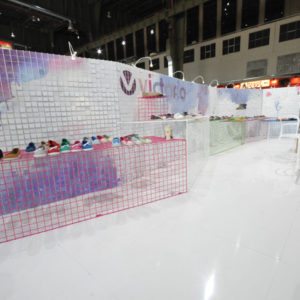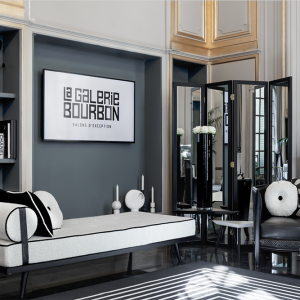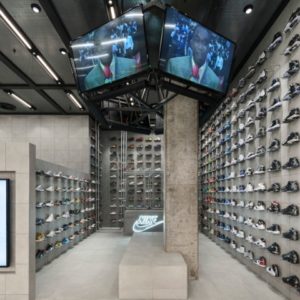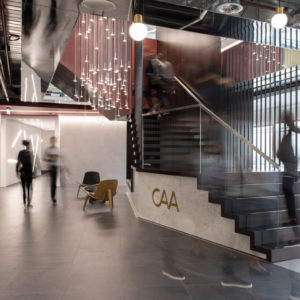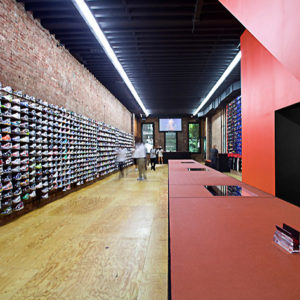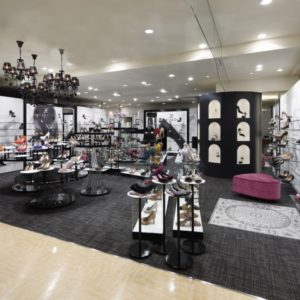
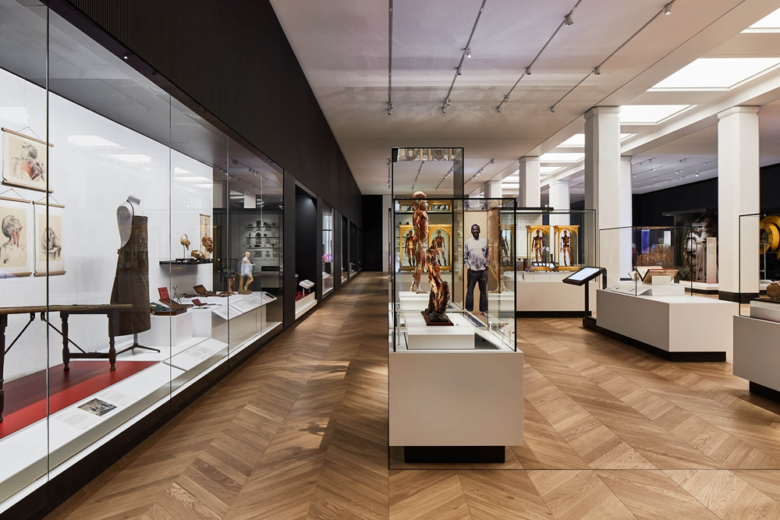
Museum visitor numbers are slowly rising following a decade-low in 2017. The question being asked of institutions, curators and, increasingly, architects, is how to capture the imagination of visitors in order to provide an inviting and stimulating experience that goes beyond the traditional ‘glass display’ model. London’s Science Museum was one of the most visited government-funded museums in the UK for 2019, but how does WilkinsonEyre’s transformation of the museum’s first floor into the world’s largest medicine galleries get people excited about medicine?
Previously housed in the attic space, the relocated exhibition contains over 3,000 objects selected from the collections of the Science Museum Group and Wellcome (a museum and library focusing on health). The interior fit-out comprises 100 steel-and-glass display cases, designed by the architecture practice, and showcases items such as the first stethoscope, a 1911 pharmacy shopfront and the first MRI scanner. Incorporating artefacts from the size of a fingernail to a walk-in padded cell keeps visitors guessing as they journey through the space.
WilkinsonEyre has worked on a number of gallery transformations at the Science Museum since 1997, constructing a coherent experience of gallery spaces from a previously disparate mixture of spaces. The new Medicine Galleries double the amount of first-floor display space by using floor are not previously open to the public. This creates better engagement with existing and new audiences, capturing the visitor’s imagination by providing an appropriate setting for the interpretation of these highly compelling artefacts and by placing people at the heart of the story. The exhibition is split into five distinct themes: Medicine and Bodies, Exploring Medicine, Medicine and Communities, Medicine and Treatments, and Faith, Hope and Fear.
‘This is conceived as a progression from darkness into light and back to darkness,’ says the architect, ‘symbolizing the human life cycle, and concludes with different responses to illness and morality.’ Reinforced through materiality and lighting, which ranges from dark-toned panelling at the ends of the galleries to a brighter daylit section in the centre, the theatrical ambience takes visitors on a journey through not only medical history but into a consideration of the body.
Designed by WilkinsonEyre
Via
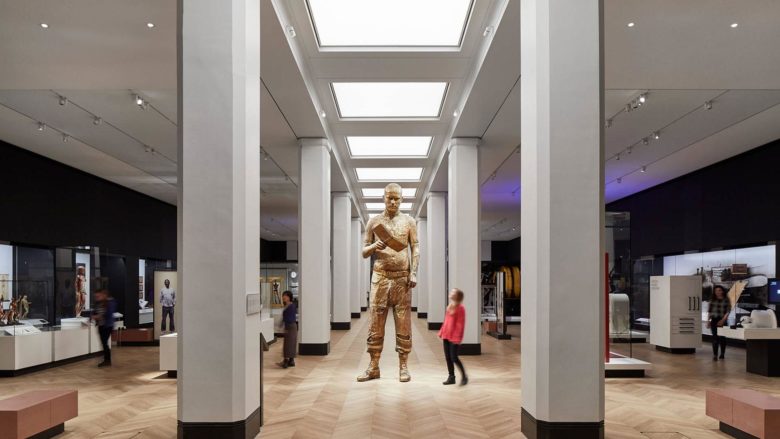
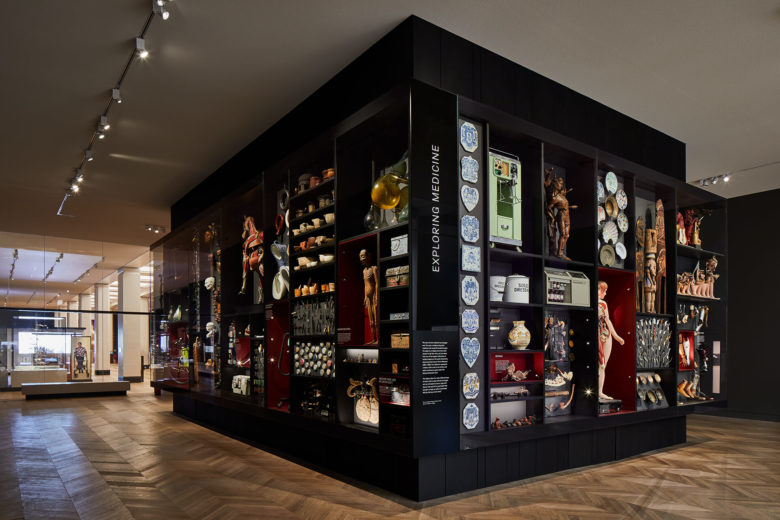
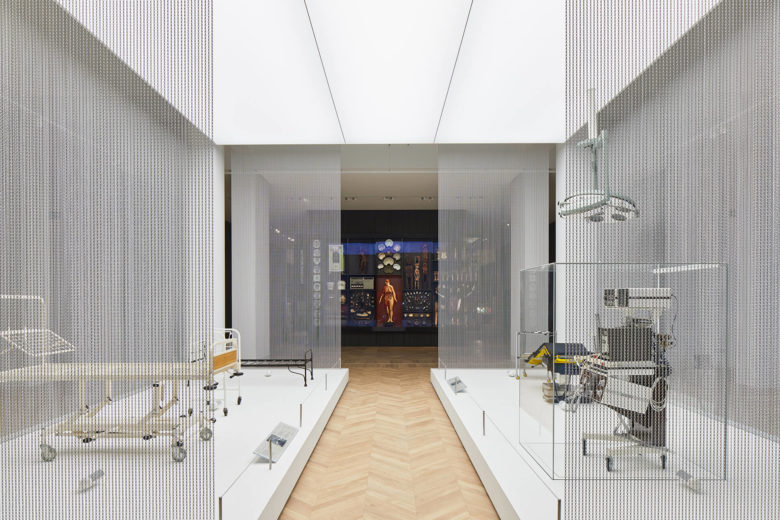
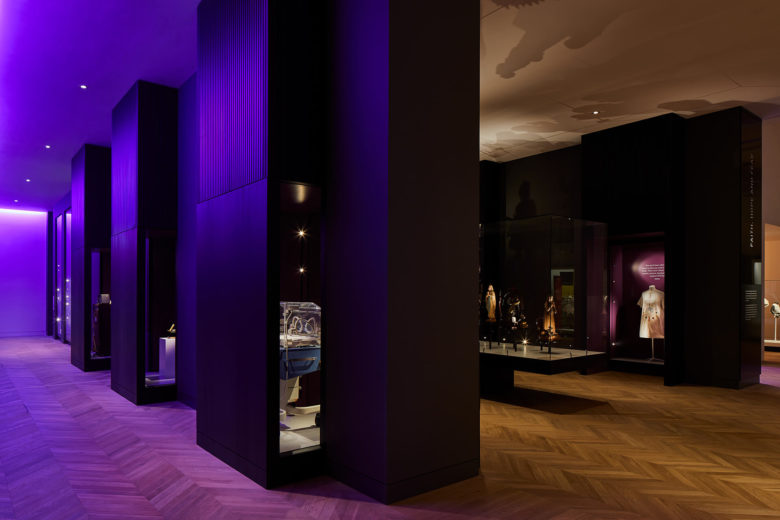
Add to collection



